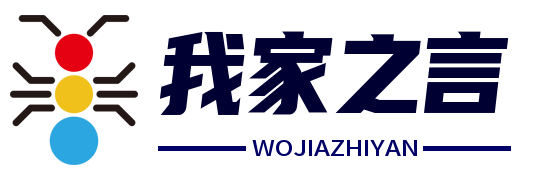In the 21st century, technology has become an integral part of our lives, transforming the way we communicate, work, and even think. While the benefits of technological advancements are undeniable, they also come with a set of potential problems that need to be addressed. This essay explores some of the most pressing issues that arise from the use of technology, including privacy concerns, job displacement, digital addiction, and the digital divide.
Privacy Concerns
One of the most significant issues associated with technology is the invasion of privacy. With the rise of social media platforms, smartphones, and the Internet of Things (IoT), personal data is being collected at an unprecedented rate. Companies and governments use this data for various purposes, including targeted advertising, surveillance, and data mining. This has led to a loss of control over personal information, which can be misused or leaked, leading to identity theft, financial fraud, and other forms of harm.
Moreover, the use of facial recognition technology, GPS tracking, and other surveillance tools raises ethical questions about the balance between security and personal freedom. The potential for abuse of these technologies by authoritarian regimes or for purposes of discrimination is a real concern that needs to be addressed through robust legal frameworks and ethical guidelines.
Job Displacement
Another major concern is the impact of automation and artificial intelligence (AI) on employment. As machines become more capable of performing tasks traditionally done by humans, there is a fear that many jobs will become obsolete. This could lead to widespread unemployment and social unrest, particularly if the transition is not managed carefully.
While technology also creates new jobs, the skills required for these roles may be different from those needed for the jobs being automated. This presents a challenge in terms of retraining and reskilling the workforce. Governments and educational institutions must work together to ensure that people have the necessary skills to adapt to the changing job market.
Digital Addiction
The ubiquity of digital devices has led to a rise in digital addiction, particularly among younger generations. The constant need to check social media, play video games, or use other digital platforms can lead to compulsive behavior, affecting mental health, relationships, and productivity.
Digital addiction can also lead to a sedentary lifestyle, contributing to physical health issues such as obesity and poor posture. It is crucial to promote digital literacy and healthy online habits to mitigate these risks. This includes setting limits on screen time, encouraging physical activity, and teaching children and adults alike how to manage their digital lives responsibly.
The Digital Divide
Despite the widespread availability of technology, not everyone has equal access to it. The digital divide refers to the gap between those who have access to technology and those who do not, often due to economic, geographic, or educational barriers. This divide can exacerbate existing inequalities, as those without access to technology are at a disadvantage in terms of education, employment opportunities, and social inclusion.
Addressing the digital divide requires concerted efforts from governments, non-profit organizations, and the private sector to provide affordable access to technology and the necessary infrastructure. This includes investing in broadband networks in rural areas, offering low-cost devices, and ensuring that digital literacy programs are accessible to all.
Conclusion
While technology has brought about incredible advancements and improved our quality of life in many ways, it is essential to recognize and address the potential problems it presents. Privacy concerns, job displacement, digital addiction, and the digital divide are significant challenges that require thoughtful consideration and proactive solutions.
To harness the full potential of technology while minimizing its negative impacts, it is crucial to foster a culture of responsible innovation. This involves creating legal frameworks that protect individual rights, investing in education and training to prepare the workforce for the future, promoting healthy digital habits, and ensuring that technology benefits everyone, regardless of their background.
By taking a balanced approach, we can ensure that technology continues to be a force for good, enhancing our lives without compromising our values and well-being.






